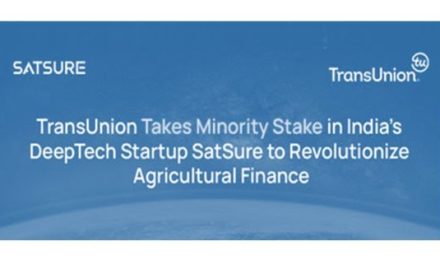In this segment of BFSI Tech Tales, Pinkesh Ambvat, CIO & IT Director, CRIF India, shares the technology strategy at the credit bureau, and how they view failure and innovations in the technology roadmap.
 Credit scoring companies consume and analyse enormous amounts of data and to ensure that they remain competitive they’ve to deploy and invest in technology effectively to price their products in a competitive market. Pinkesh Ambvat, CIO & IT Director, CRIF India, in this segment of BFSI Tech Tales shares the strategy on how they’ve built their platforms since inception in India and what are their plans in adopting emerging technologies, cloud adoption and shares some points on failure as well. Edited Excerpts:
Credit scoring companies consume and analyse enormous amounts of data and to ensure that they remain competitive they’ve to deploy and invest in technology effectively to price their products in a competitive market. Pinkesh Ambvat, CIO & IT Director, CRIF India, in this segment of BFSI Tech Tales shares the strategy on how they’ve built their platforms since inception in India and what are their plans in adopting emerging technologies, cloud adoption and shares some points on failure as well. Edited Excerpts:
Technology Stack
At CRIF High Mark, Pinkesh shares, services provided to Indian customers (financial institutions) are developed in India as compared to their competitors. The core product is the credit bureau platform which is their bread and butter where they provide credit reports and credit scores to their customers (banks, financial institutions and retail customers as well via B2C channel).
Explaining the technology stack, Pinkesh shares, “The main pillars of our technology stack are Java and Oracle, our journey started in 2010 when we were only providing services to Microfinance companies and then entered into consumer segment and commercial segment thereon. In the last three years, we’ve started working on different sets of emerging technologies from Big Data to Automation.
” The volume of data in the credit scoring space has grown exponentially as industry gets connected more closely than before. He adds, previously in 2010 we used to receive 50,000 enquires in a day and right now we’re receiving 1.5 million enquires in a day, and all of these are real time enquiries. Apart from this, we receive monthly transaction data from financial institutions.
He says, “To process this kind of humongous volume of data we need to have robust systems. We cannot simply increase the cost by investing in costly software and we adopt open source technology like Hadoop etc”. Pinkesh adds that for most of the batch processes they leverage open source technology and for real time processes Java and Oracle platforms are leveraged.
Source: CRIF news


























